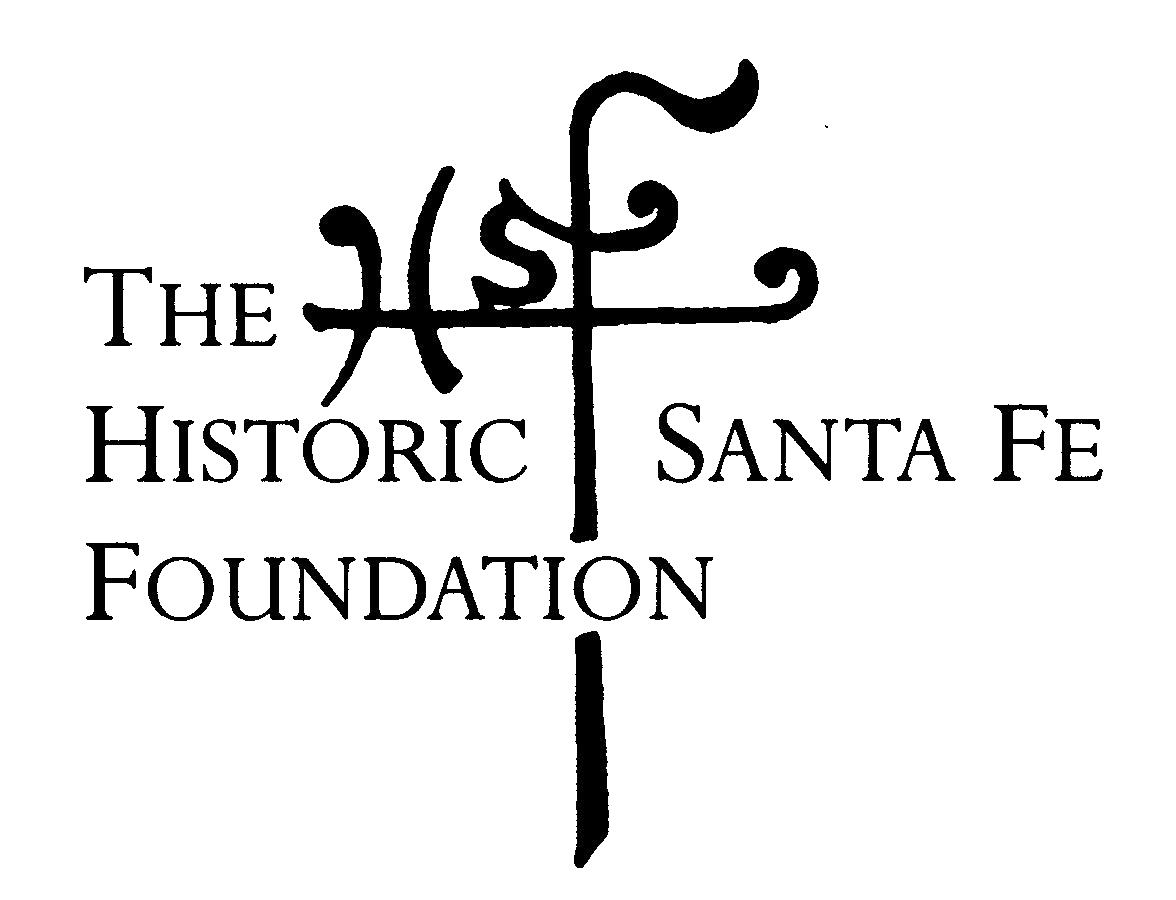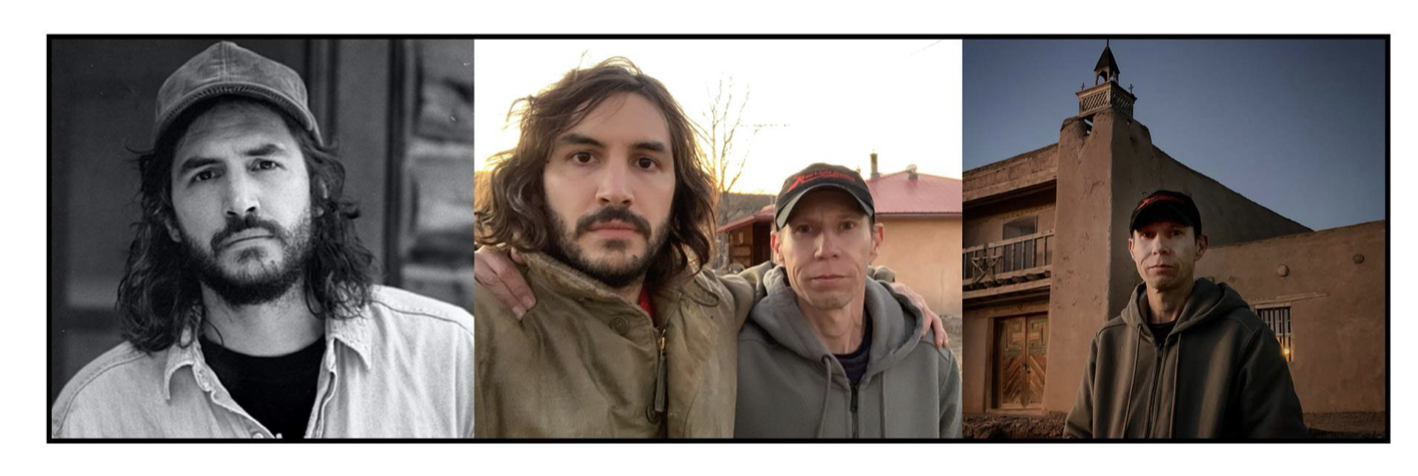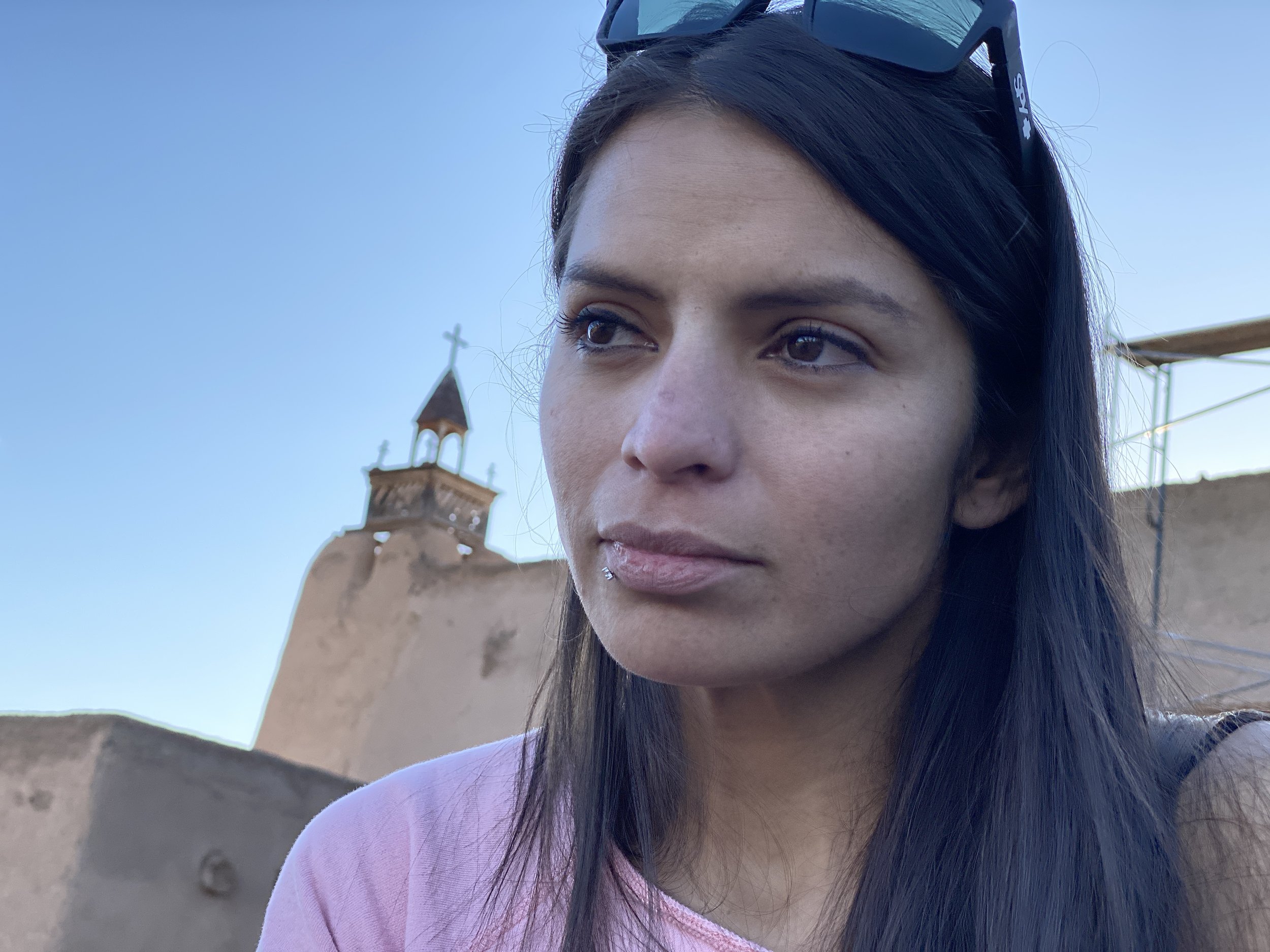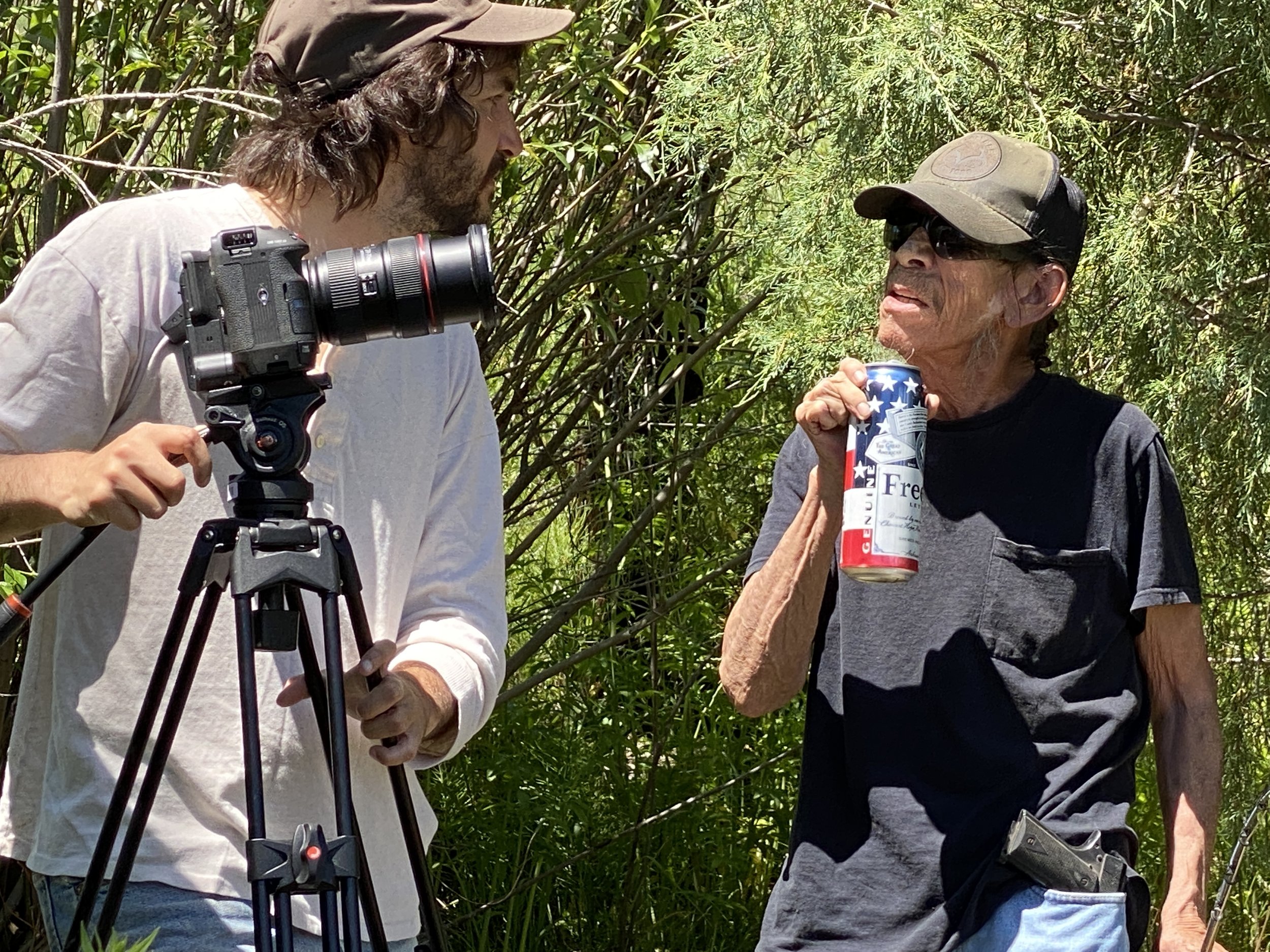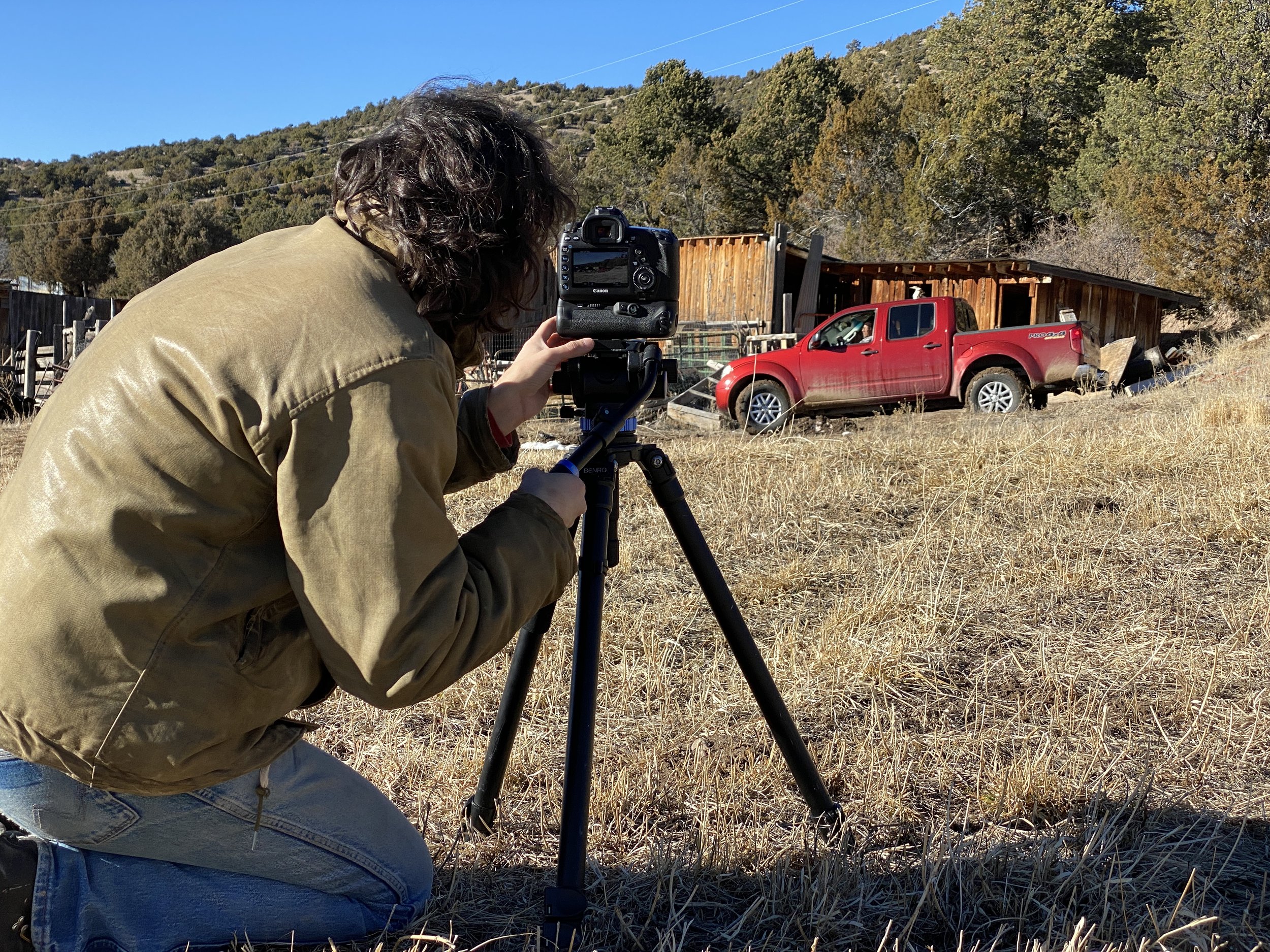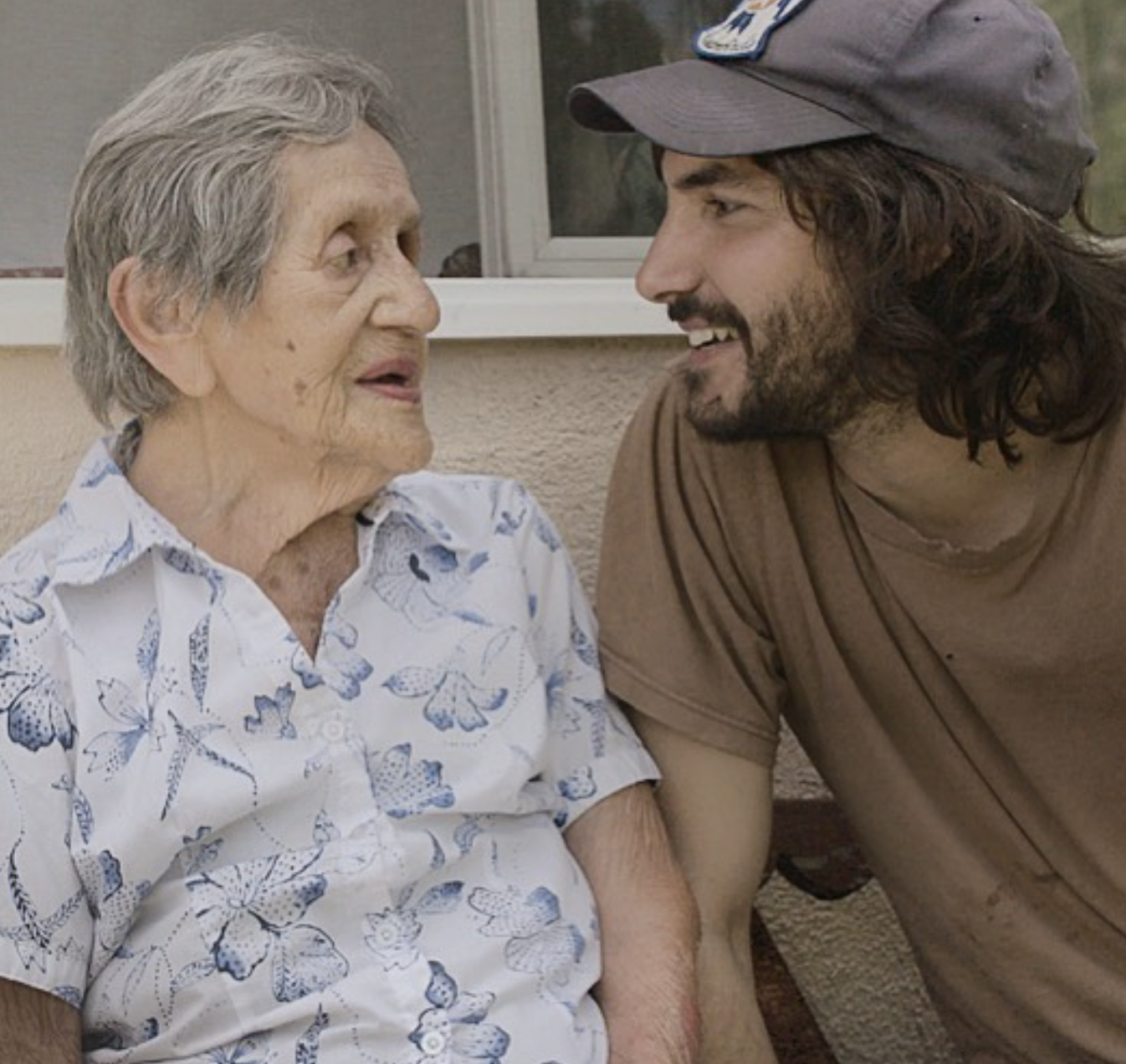HC: Can you speak on your process of conducting interviews?
BP: Our interviews are collaborative conversations. We sit and ask our subjects what they would like to talk about, and we listen to them. We bring curiosity, empathy, and vulnerability. This is an exchange of feelings– a heart-to-heart relationship in which Jon and I share our personal struggles as well.
HC: How has the focus changed over time, especially after having filmed your first round of interviews?
BP: The focus has not changed. The focus was always to celebrate the power of the human heart to endure suffering and engage in a spiritual cycle of life, death, and rebirth.
HC: Of the people you have spoken with so far, and the insights they shared with you, is there one conversation in particular that has resonated with you?
BP: There is a great and deep love for all the participants of our film. I respect them. They have taught me so many things. There is one thing that Ray Pacheco mentioned that I think about a lot. He asks the Lord, “Why? Why all the suffering? And why can’t you take the pain away?” The Lord answered him. “Because,” answers the Lord, “if I took your pain away, then you will forget about me.”
HC: Jon, how would you describe your relationship to Las Trampas, both the community and the built environment, when you were young? How has that relationship evolved over the years, especially with your art and now with ALABADO.
Jon Vigil (JV): I would describe my relationship with the community as being one with everything. I am quite quiet and reserved. I find comfort in observing and connecting with the unique energy that truly exists in this place. I don’t know if it can honestly be described. The energy here is just one of you either feel it and connect or you don’t. My process has always just been one of an observer. I would also add that my relationship with the town has changed much over the years. I am very even keeled and try to just be true to myself, respectful of those I interact with, and allow for whatever it is that is spoken either energetically or otherwise to be listened to. I truly believe one of the reasons Brian and I connected is that both of our energies fit with this place and the spirit of these mountains. It’s a very serene presence. We both understand there is something that is very special here. We both have worked to be at one with everything and allow for the process to unfold as it sees fit. The process in this film has been quite difficult at times. Many of the subjects in the film are very close to me. Some family and some very close friends. It can be very hard to sit back and listen to them speak on very difficult subject matter at times. As an empath I absorb so much of what’s around me so I try my best to balance all of that while at the same time trying to just be an objective listener.
HC: Brian, your films share common themes of love, loss, and faith. Have your prior experiences navigating those themes informed your approach to making ALABADO?
BP: Yes. It is all I am interested in, and I think it’s what makes my work useful to me and hopefully useful to others. I have very deep questions about these things– how to love, how to let go, what it all means– and I turn to the artistic gestures of others to understand these questions better. All I want to do is to be a part of that tradition– of making things that people can use to hopefully understand how to love better. I try to design a process that helps me, the people in my film, and the audience do that. Making films is therapy.
HC: The shots featured in the teaser are intimate and immersive. What inspired the visual language of the film?
BP: The visual language is inspired by tapping into the energy of the mountains and the soul of the people who live under them. In many ways, the energy of the place and the people there tell you where to put the camera– you cannot impose, this is about listening– and it is a very intuitive thing. We come very highly sensitized and ready to serve the energy that is presented to us. We follow the light, and the light shows us where to go. You mention intimacy. Intimacy is a very important word for me. It is all about healthy intimacy. Everything I do is aiming for intimacy. For me, it is about understanding. It is about getting close and private and sharing in a moment.
HC: Where are you in the production process? What are some of the obstacles you have encountered during production?
BP: We have around 65% of the film shot. We will be shooting the remaining 35% of the film in June 2023. As far as my personal obstacles, I recognize I am an outsider. It has taken years of visiting and thinking and feeling my way through this community to feel that I was ready to engage creatively with it. I am still learning and still responding and changing and adapting my approach. Many of our obstacles have been the mistakes of those who came before us– the carelessness of simplistic representation in the media, the greed of corporate industrialization/nuclearization, and the violence of colonization. Through patience, conversation, and collaboration we work very hard to ensure that this community understands we are here to listen and make something beautiful together. We are here to build trust and ensure that our intentions are clear. There is also a personal obstacle, which is just the nature of documentary filmmaking– these projects take time. This is good, since it means continued sensitization and continued reflection– but I think it’s difficult for any artist to sit with a project for years, through chapters of your life and the lives of the participants. It’s a long journey.
HC: Who are you making this documentary for and what do you hope your audience takes away from watching it? Or What do you hope the takeaways are for people from Las Trampas who will watch the film? And for viewers outside of the community?
BP: Our film takes this position confidently: that there are forces at work more powerful than we are, there are energies that bind us together, and that the echo of those who came before us can be felt and seen if we open our eyes wide enough. Our process and technique is forged from this perspective. Our film is a prayer. The theater is our church, and our audience are parishioners. In the darkness, they are here to reckon with themselves while asking silent energies for guidance and answers. Through the drama of light, angle, silence, and composition, our visual and auditory approach is designed to bring an audience to their knees, open them to spiritual communication, and encourage them, regardless of belief, to connect with the primal gesture of submission, meditation, and inner conversation. I believe in the power of a creative act to heal. I believe in equating this creative gesture to a sacred ritual. I believe in the resulting creative object to serve as a vessel between the spiritual world and our waking life. I believe that cinema has the ability to make the transcendent sensorial. Our film is an expression of these ideals. It is a sacred invitation to silent reflection, communal action, and spiritual awakening. I hope the people from Las Trampas watch our film and are proud. I want them to be proud of who they are and where they come from. I want them to share and celebrate who they are, together and with love. At the end of the day, I just want to make something beautiful. Not aesthetically– that counts, yes– but beautiful as in truthful and pure of heart.
HC: Is there anything you would like to add?
BP: We need your help. Making films is very difficult and very expensive. This is a personal film– it is built with our own sweat and blood. It is made with our hearts. For years, this film has been financed only by us. We have saved and have worked very hard for this story– and we will not be able to complete the film unless we receive additional support. We will need an additional $10,000 to bring the story of Las Trampas to you. This money ensures that we work ethically and responsibly in a way that reflects and respects the spirit of this story. Thank you for the opportunity to share our hearts with you– and we invite you to take this journey with us.
JV: In very difficult periods of my life, I have literally had angels show up at my doorstep. Brian has been one of those angels. We have weathered some very strenuous phases of life together and will continue to weather many more. The process for this film started at one of those points in life where we both needed healing from the difficulties life throws. This film begins with the community getting hit with some heavy blows. I truly believe that this film can be the angel the Las Trampas community as a whole needs in its time of need. We both have found so much healing in this process and hope to spread that healing beyond just the two of us. The support given to us in doing this project has been something neither of us will ever forget. We appreciate it more than any words could ever say.
Initial funding for the project has been granted to Brian Paccione by the Eugene V. and Clare E. Thaw Charitable Trust with the Historic Santa Fe Foundation serving as fiscal sponsor for this grant. Additional funding is appreciated. Donate to the project here.
